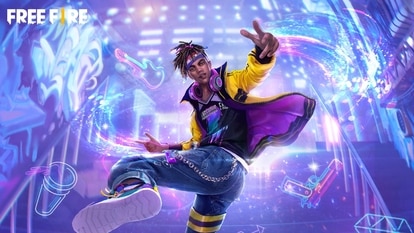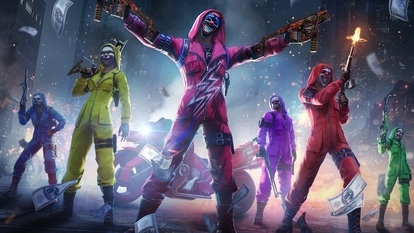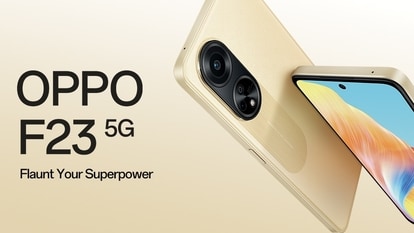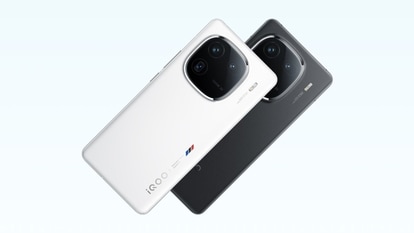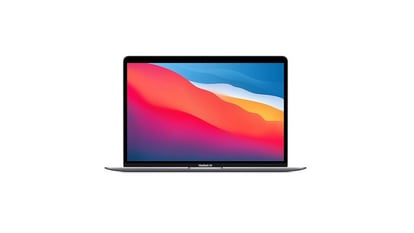Augmented Reality: Pokémon Go is just the tip of the iceberg
As Pokémons infiltrate your neighbourhood, augmented books, menus, and architecture may not be far away


As Pokémons infiltrate your neighbourhood, augmented books, menus, and architecture may not be far away.
Around 9pm on the evening of July 16, Saturday, 40-odd youngsters flocked outside the Taj Lands End hotel in Bandra. There were school kids, as young as seven, who'd convinced their parents to drive them down from Santacruz. There was a group of friends — young software developers — who'd taken the local train from Mira Road. There were even a couple of boys who'd come all the way from Vapi (Gujarat).
Much to the confusion (and disappointment) of the rickshaw drivers and bystanders at Bandstand, eyes glued to phones or tablets, the group started walking its way through Bandra: up the steps of Mount Mary Church, past Mehboob Studios, and then onward through Hill Road.
But what could have looked extremely bizarre had it happened a month ago, is now beginning to look like normal activity around the world. A generation allegedly made lazy and unsocial because of smartphones and technology, is now getting out, bonding, and clocking serious kilometres every day. All in a bid to catch a Squirtle or a Bulbasaur.
The massively multiplayer online (MMO) game, Pokémon Go, has invaded our phones, and our otherwise fickle attention spans.
Since its launch on July 6, it was (officially) downloaded more than 10 million times — on both Android and iOS — in just the first week. You get to role-play as Ash, Misty and Brock — the protagonists of the '90s anime series with a cult following. And your basic aim is to catch fictional pocket monsters (therefore, Poké-mons).
Sure, the popularity of the Pokémon anime series among '90s kids helps. But Nintendo (the game developers) has had games out in the past.
What makes this one different is augmented reality (AR). You're not navigating through a game world in search of these creatures. You're finding them at Bandstand, and Juhu Beach, inside Siddhivinayak Temple, and at Central Park, New York. Mind you, as far as India is concerned, we're yet to get an official version. So, all those local monsters are being caught on hacked versions.
Why AR worked, why VR didn't
This isn't, however, the first application — or game, even — to use AR. One of the earliest and most widely-used examples of AR is the QR code: you scan a barcode, and your phone provides additional information.
Google's app, World Lens, is utilitarian, and great for travelling abroad: it translates signs in 25 popular languages real-time on your phone screen when you hold your camera up to them.
Again, the developers of Pokémon Go, Niantic Labs (began as an internal start-up at Google, before going independent), developed another game in 2013: Ingress. A massive success, but only among serious gamers, it converts real-world structures into gaming arenas. Players are required to walk to cultural landmarks in their locality (aided by GPS) and save the world from an alien invasion.
Another gaming giant, Sony PlayStation, launched the Playroom — a compilation of multiple mini-augmented reality games — also in 2013.
What made Pokémon Go stand apart, then? Perhaps the nostalgia. Perhaps the fact it engaged the gaming community, and brought in non-gamers: '90s kids who'd grown up on it.
What it's done, however, is to bring AR into the mainstream, and make it accessible.
Which is exactly where VR (virtual reality) failed. Developers have been pouring money into it, and every second phone manufacturer is coming out with a VR headset. But it remains clunky, makes you look silly, and costs extra. Its biggest drawback, though, is it's a safety hazard: once immersed in the virtual world, users lose touch with their immediate surroundings, causing a threat of accidents and injury. "The massive headsets have stayed almost the same since they were first introduced. AR, however, has already adapted itself to smartphone technology," says Vitek Goyal, CEO, Pixeltek Gaming Solutions, a Mumbai-based VR developer.
As of July 2016, the net worth of the global VR industry is expected to reach only $33.90 billion (approx `2.8 thousand crore) by 2022. In contrast, the market for AR is touted at a whopping $79.77 billion (approx `5.3 thousand crore; source: researchandmarkets.com).
What's next?
However, gaming is just beginning for AR. Its combination of reality and technology could make it useful in areas in which VR couldn't be. Goyal sees AR taking over YouTube tutorial videos. "Instructions could be projected on your phone screens when you are changing your car's punctured tyre, for instance. And this information will be customised for your needs, unlike videos that function on a different model," says Goyal. Imagine animated textbooks — holding your phone against a chemical equation and actually seeing the molecules divide and fuse to create multiple compounds.
And all of this isn't in a sci-fi imaginary future. It's happening now. Recently, Blippar India (a visual discovery app that uses AR to bring the real world to life through a smartphone) tied up with The Beer Café outlets across India. Point your camera at a beer bottle through the app, and it gives you information about the brew, tasting notes, and place of origin.
Arnav Ghosh, MD, Blippar India, says, "It can disrupt the way we learn. AR can be used in various fields, like education, media and sports. While booking a stadium ticket, you could see how the view from a particular seat would be like."
In the US, Blippar has tied up with cosmetic giant Maybelline to allow users to virtually try various shades of nail paint before buying them.
Maybe the future will allow for the morning newspaper to come alive like The Daily Prophet (Harry Potter), or allow the health nut to count calories and fat content in a restaurant dish real-time.
But there is some way to go before that is achieved. If Pokémon Go is any indication, current phone batteries and data connectivity aren't fully equipped to handle long spells of AR usage.
But the wheels are already in motion. Magic Leap, a five-year-old US-based AR developing company, received a funding of $793.5 million from global communication developer Qualcomm Incorporated (yes, the ones who make your phone processors). Microsoft has already started shipping a "development edition" of its AR headset, HoloLens (looks very sci-fi now, but will, hopefully, improve over time.). Yes, you can play Pokemon Go on it. According to tech portal, Endgadget, Google, too, is working on an AR headset.
Who knows, these headsets might be the smartphones of the future. Maybe we'll all be walking around in them, and scampering for a new version each year. So long as it comes in black, white, rose gold, and has a luxury version by Hermes.
An app user's experience
We must confess the Pokémon Go app, though fun to have on your phone, may just be the bane of your device. Currently not available officially, the app is available as an APK file, which is — brace yourself for this — 59MB in size. The game itself is 109MB, causing our phone to hang multiple times in a single run (we used a second generation MotoG, with a 2GB RAM and 16GB internal memory). Heavy games such as Need for Speed and Temple Run 2 have previously run seamlessly on the phone. Pokémon Go is by far the first game that has lagged to this degree. The little monsters feed on the battery too: 25 per cent in under 20 minutes. The phone heats up, and we are almost always forced to shut the app down, despite having a rare Pokémon in the vicinity.
The app itself, however, is smooth and easy to navigate, with instructions provided at each step. Users can customise their on-screen avatar, and the GPS tracking is impeccable. The AR, too, feels novel as our beloved Pokémon characters seem exceedingly real.
As of now, we are willing to blame the lag on the unofficial version. Once Google releases the game on PlayStore, we can only hope that the experience will be much better.
-By Poorva Joshi
Catch all the Latest Tech News, Mobile News, Laptop News, Gaming news, Wearables News , How To News, also keep up with us on Whatsapp channel,Twitter, Facebook, Google News, and Instagram. For our latest videos, subscribe to our YouTube channel.


















